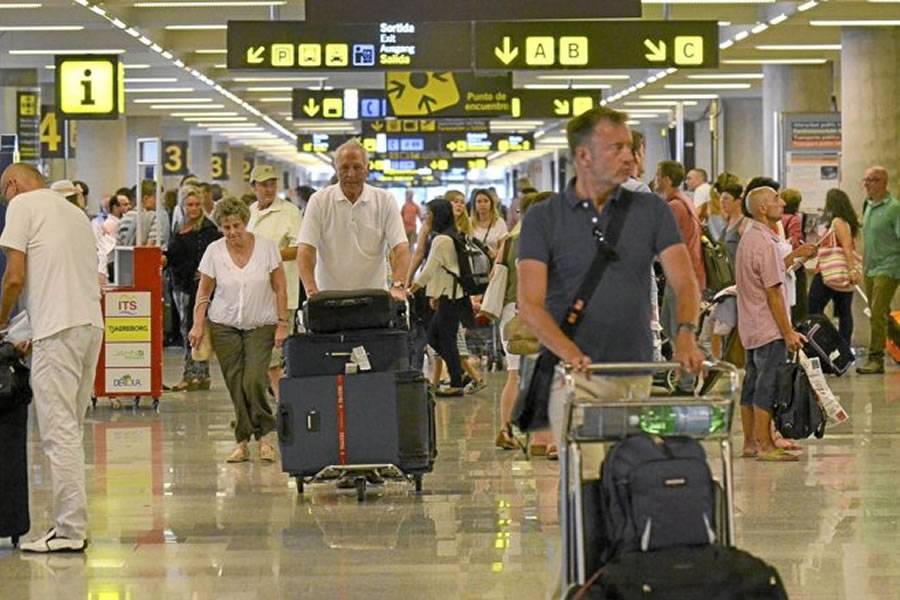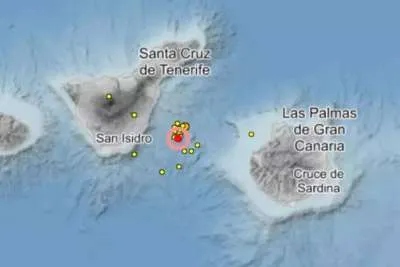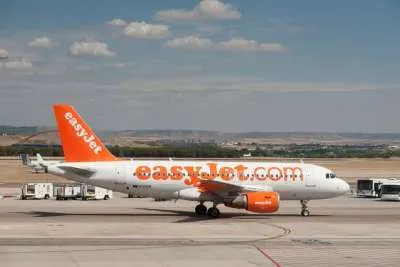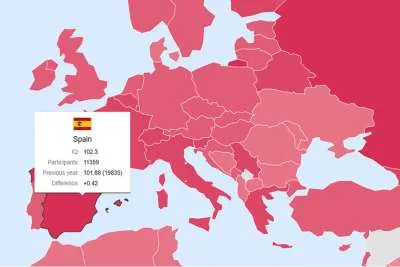The Canaries lead tourist recovery with 919,098 international passengers in June
- 18-07-2022
- Business
- Canarian Weekly
The Canary Islands received 919,098 passengers from international airports in June, which is an increase of 309.3% in relation to the same month of 2021; while in total the Archipelago has reached a figure of 5.81 million visitors so far this year, according to data published this morning (Monday) by Turespaña from AENA records.
In fact, the Canary Islands expect a total of 14 million tourists this year with a total spend of 17 billion euros, according to the Minister of Tourism for the Canaries, Yaiza Castilla, as despite inflation, the Ukraine war, and rising Covid figures, people want to pack their bags and go on holiday.
This means that the Canary Islands and the Balearic Islands lead the recovery of international travellers, especially due to the return of British tourists this year, who already represent one in four international passengers.
"Our islands are approaching pre-pandemic figures at the start of the summer season for which we have really encouraging prospects, even in the current context of rising prices," said the Minister of Tourism for Spain, Reyes Maroto.
Nationally, Spain received more than 8.2 million passengers from international airports in June, which is 85.5% compared to numbers for same month of 2019, and 3.5 times more than those who arrived in June of last year.
Although international air passengers are not equivalent to international tourists because they also include residents of Spain returning from an international airport, the vast majority are tourists.
Of the total number of passengers, 59.7% travelled on a low-budget airline in June, which represents an increase of almost 300% (+297.9%) compared to last year, while the remaining 40.3% travelled with a traditional airline, which is an increase of 203.6%.
57.5% of the total number of passengers originated from the EU, an increase of 365% compared to last year, while visitors from the rest of the world accounted for the remaining 42.5% (+673.9%).
The UK leads low-cost arrivals:
In June, travelling to Spain increased from all the main source markets. Comparing June 2022 with pre-pandemic figures (June 2019), the markets that registered the greatest recovery were Portugal, which reduced its fall to -0.7%, the Netherlands (-3.1%) and Denmark (-3, 4%). At the other extreme, the market showing the least recovery is the United States (-18.6%), followed by the United Kingdom (-16.4%).
The arrival of the British had repercussions on all regions of Spain, but particularly on the Balearic Islands. 78% of travellers from the United Kingdom flew with a low-cost airline. In total, Spanish airports received 2 million passengers from the UK, which represents a degree of recovery in this market of 83.6% compared to 2019.
Germany was the second issuing country, with 1.3 million passengers, who went mainly to the Balearic Islands. In this case, the proportion of passengers who chose traditional companies over low cost is almost 50% (51.1% in conventional companies compared to 48.9% in low cost). The degree of recovery of this market, compared to 2019, is 87.2%, according to data from Turespaña.
In third position, Italy, which emitted 716,042 passengers who flew mainly to Catalonia and Madrid. Eight out of ten passengers from Italy travelled on low-cost airlines. The 647,834 passengers from France also went to Catalonia and Madrid. Italy presents a level of recovery with respect to 2019 of 90.6% and France of 95.2%.
However, the countries that show a greater degree of recovery in June are Portugal (99%), the Netherlands (97%) and Denmark (96.6%).



























































